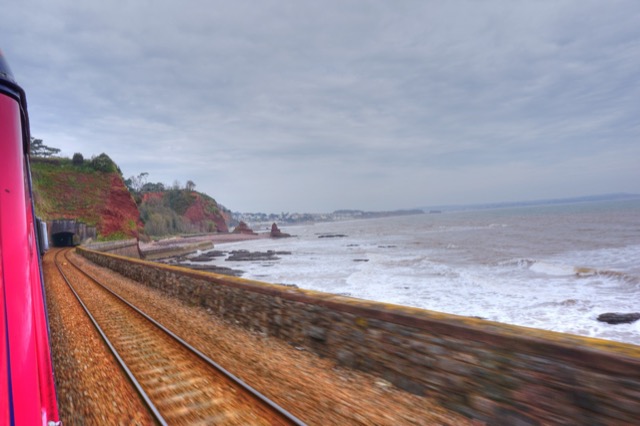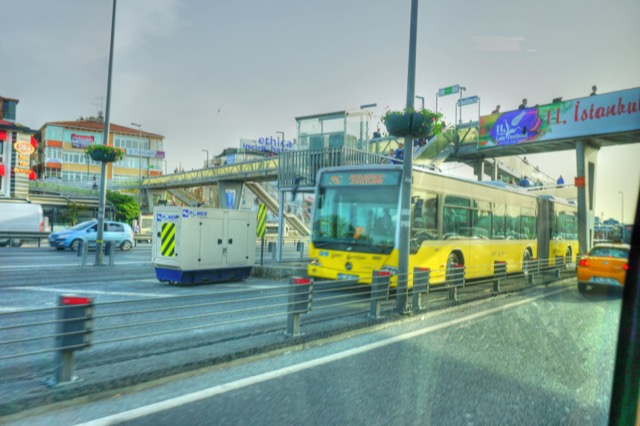Americans visiting Europe often come away feeling that Europe made some very different choices regarding transportation, with a wistful notion that life would be better in the United States if we followed their example. The reality is a lot grimmer, at least for Europeans.

The view from an English train in Cornwall.
The big thing people notice is all the passenger trains. Why did Europe decide to keep its passenger trains while American decided to drive instead? Before answering this question, it is worth taking a hard look at the data to see what really has happened. The Antiplanner’s data today mostly comes from the European Union itself: the Panorama of Transport 2000 has data from 1970 through 2000; Panorama of Transport 2009 has 2007 data but is mainly useful because it compares Europe with the US and Japan; and EU Transport Statistical Pocketbook has 2010 data plus population data for 1990 through 2010. I found 1970 and 1980 European population data on Geohive.









